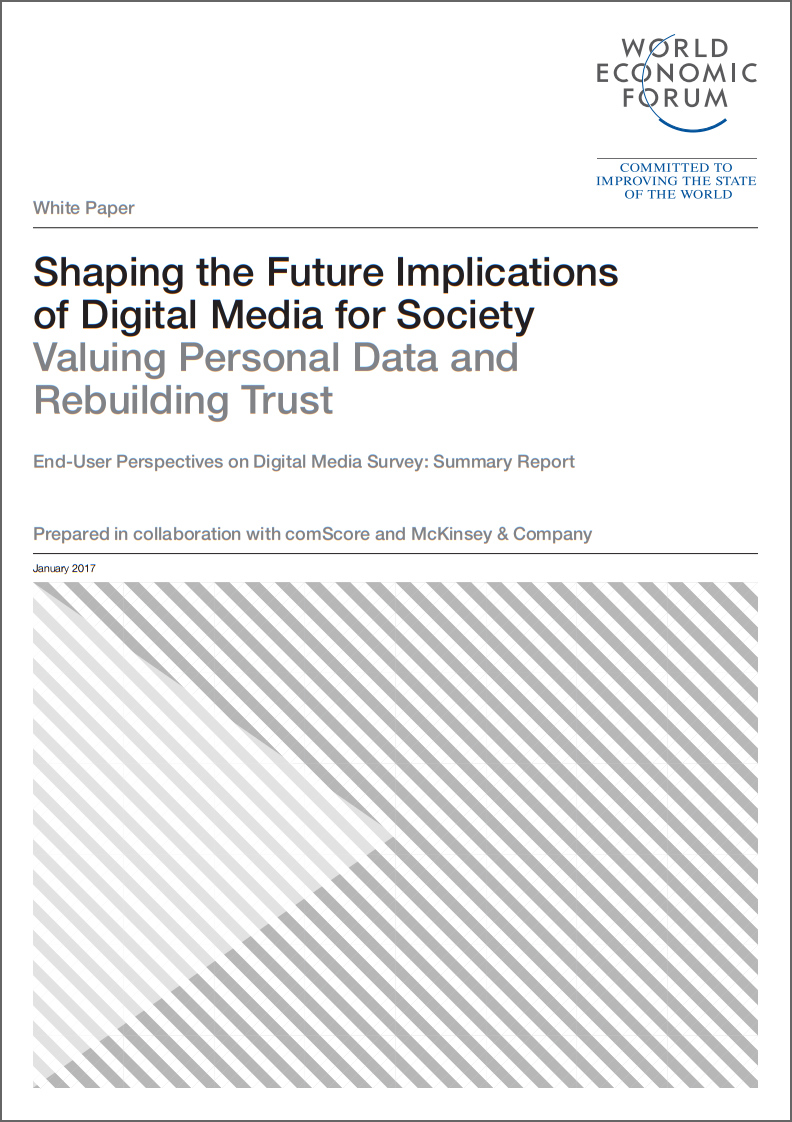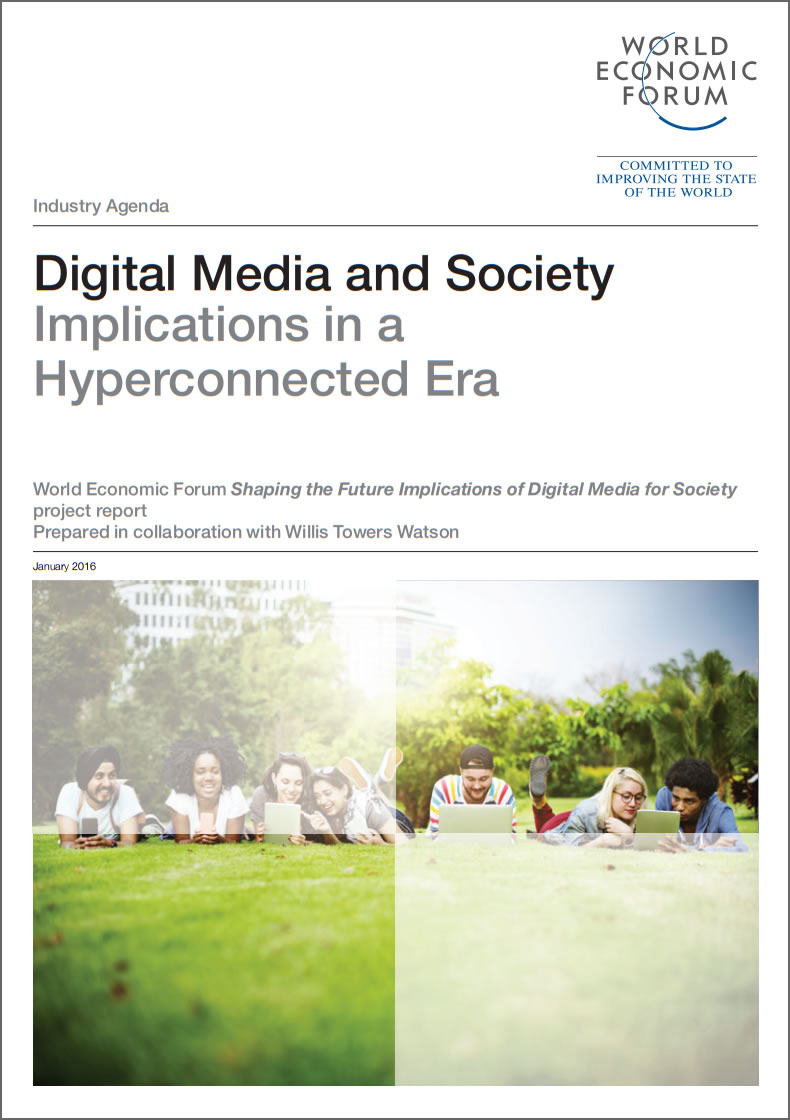Info:
Avec son livre blanc, France Télévisions veut jouer la “positive attitude”
et
“Rencontres Téléspectateurs”. Le livre blanc disponible dès à présent
Lien direct au document (pdf).

Sommaire
Introduction
1. Éditoriaux
2. Fránce Télévisions à la rencontre de ses téléspectatrices et téléspectateurs. Présentations du dispositif
3. À vous la parole. Introduction
1. Notre télévision publique : un bien commun, un moyen d’agir
1.1 La télévision : un outil pour agir
1.2 Intervention des téléspectateurs dans leur télévision
1.3 Faire et créer le lien social
2. Le service public : une autre information
2.1. L’indépendance et la fiabilité
2.2 Une autre hiérarchie pour l’information
2.3 Faire de l’information en continu un atout
2.4 L’information en digital : penser la complémentarité
2.5 Des magazines pluralistes et de proximité
3. Notre télévision, pour grandir ensemble
3.1 Découvrir des modèles
3.2 Transmettre des valeurs
3.3 S’enrichir par la culture
4. La richesse documentaire
4.1 La découverte documentaire
4.2 Nouvelle valorisation documentaire de France Télévisions
4.3 Un format exigeant à la portée du public
5. Notre télévision : incarner une France plurielle
5.1 Représenter la France diverse
5.2 Intégrer la diversité de la société
5.3 Renforcer la « télévision locale de proximité »
6. Raconter le sport pour tous
6.1 Le sport et le service public : gratuité, qualité et expertise
6.2. Le sport comme récit collectif
6.3 Le sport et ses valeurs
6.4 « Voir les à-cotés » : usages digitaux des programmes sportifs
7. Notre télévision digitale : une autre manière de la regarder
7.1 Le multisupport
7.2 Intégrer le monde digital
7.3 Le public jeune et ses attentes
8. La fiction, entre évasion et mise en scène du réel
8.1 S’évader au quotidien : l’appel de la comédie
8.2 Pluralité de la fiction, diversité dans la fiction
8.3 Une fiction au service de l’action
8.4 La place de la création dans le service public
9. Ma télévision comme espace démocratique : les élus et France Télévisions
9.1 Élus locaux et télévision publique ; des enjeux communs de renforcement du lien social
9.2 Deux demandes unanimes : davantage d’initiatives positives, davantage de proximité
9.3 Éduquer ensemble à la citoyenneté
France Télévisions demain. Conclusion
1. L’enjeu de la proximité (territoires) et de la visibilité
2. L’enjeu de l’horizontalité et de l’interactivité
3. L’enjeu de la dynamique et de la positivité
4. L’enjeu de l’exigence collective et de la qualité partagée
Poursuivons le dialogue
Poursuivons le dialogue
«Chers téléspectateurs, chers partenaires, chers collaborateurs de France Télévisions,
»Les premières Rencontres dont vous avez lu la restitution ont été un succès. Parce que vous, téléspectateurs, avez répondu présent – massivement et avec enthousiasme. Parce que vous, professionnels de France Télévisions et partenaires, en avez joué le jeu – avec implication et professionnalisme.
»Ces Rencontres ont mis en lumière de manière très franche l’attachement des téléspectateurs au service public télévisuel. Je m’en réjouis et mesure combien cela exige de notre part qualité, écoute, représentativité. Au cours de ces mois d’intenses échanges, j’ai acquis la conviction que ces réunions sont une première étape vers une télévision publique qui dialogue en permanence, via les échanges dématérialisés et dans “la vraie vie”. Nombreux sont à cet égard les téléspectateurs qui nous ont posé la question de la continuité, sur un mode bien légitime : “C’est bien de nous écouter, il faudrait que cela soit tout le temps.”
»En voici les axes majeurs :
»1. La suite des Rencontres associera étroitement les outils numériques, favorables à l’échange en continu, à l’expression directe d’un grand nombre de téléspectateurs, et les moments partagés en présence des uns et des autres.
»L’accès à une plateforme numérique permettant de créer des communautés, de dialoguer avec d’autres téléspectateurs, sera un élément essentiel d’apport d’idées. #NotreTélé a émergé sur les réseaux sociaux. Nous en amplifierons l’utilisation pour diffuser ce premier Livre blanc et faire vivre les avis sur France Télévisions. À côté de ces dialogues virtuels, il importera de maintenir des rencontres physiques, gages d’une expression directe, animée, modérée puis analysée.
»Il faudra donc savoir associer, comme cela a été fait dans les Rencontres, le meilleur du digital et des espaces d’échanges “en présence”, comme il faudra savoir donner visibilité à cette démarche sur les antennes.
»2. De nombreux participants ont émis de vives inquiétudes sur la capacité des “jeunes” à faire le tri dans le flot d’informations qui leur parvient en permanence, entre informations vérifiées et fake news, considérant qu’il est de la responsabilité de France Télévisions de les accompagner dans cette distinction.
»France Télévisions, via ses journalistes et ses médiateurs, se rend déjà à la rencontre de collégiens, de lycéens, parfois d’élèves d’écoles élémentaires. Nous intensifierons cette présence. Que cela soit en classe, sur le temps scolaire (ce qui nécessite l’accord et la volonté des enseignants) ou non scolaire, en recourant à des associations qui travaillent au quotidien au contact des jeunes.
»Avec pour enjeu de donner plus de visibilité et d’écho à ces projets, et d’impliquer plus largement les équipes de France Télévisions.
»3. Autre écho qui nous est parvenu, celui porté à de multiples reprises par des habitants des “quartiers populaires”. Pour réclamer l’attention de France Télévisions à des moments qui ne relèveraient pas de l’actualité la plus dramatique, pour relayer des initiatives positives, des réussites. Il en va de la capacité de France Télévisions à refléter le plus fidèlement possible l’état de la société.
»Nous travaillerons à mettre en place auprès de ces publics des ateliers de participation et de création, en lien avec les directions régionales et ultramarines de France Télévisions. À la fois pour renforcer ces liens et favoriser l’émergence de médias dits “de proximité”, notamment via les web-radios et web-télévisions.
»4. Les élus locaux, rassemblés dans une agora à Paris en février, ont pour leur part clairement énoncé qu’ils voyaient en France Télévisions un partenaire avec lequel ils souhaitent travailler pour entretenir, voire restaurer le lien social.
»Nous mettrons en place deux ateliers de travail par an, au siège de France Télévisions ou au coeur des régions, afin de recueillir leurs contributions à la définition d’une télévision publique toujours plus citoyenne.
»5. Les premières Rencontres ont montré combien l’intérêt pour les genres télévisuels est fort, et combien les téléspectateurs attendent de la télévision publique qu’elle soit proche d’eux.
»Ces Rencontres auront d’autant plus d’ancrage qu’elles existeront de manière thématique (sport, information, etc.), en association avec les chaînes et les directions du groupe, et qu’elles se déploieront au niveau local, à l’initiative des réseaux régionaux.
»Il s’agira de faire des ces Rencontres vivantes un véritable outil participatif mis en oeuvre aux différents niveaux du groupe France Télévisions, en intégrant cette approche cocréative à la culture du groupe.
»6. Enfin, le souhait de rendre les téléspectateurs davantage acteurs de la télévision publique est apparu comme une nécessité. Une nécessité à concilier avec la richesse des compétences et des expertises multiples des professionnels de France Télévisions.
»Encourager l’expression télévisuelle des publics, c’est contribuer à la production de contenus par les téléspectateurs de manière encadrée. Soit un processus de proposition d’idées par des citoyens, qu’ils soient téléspectateurs ou non, des associations, via une plateforme numérique.
»S’ensuivraient une sélection de propositions réalistes et réalisables – effectuée par des professionnels de France Télévisions –, puis un travail en ateliers sur les idées sélectionnées, associant téléspectateurs et professionnels.
»Le tout aboutissant à des propositions d’émissions co-construites, à soumettre au vote des téléspectateurs. Loin d’en faire le mode d’élaboration de tous les programmes du groupe, un tel processus permettrait de faire émerger des projets d’autant plus solides qu’ils réunissent professionnalisme et participation des publics.
»Ces idées et ces pistes prendront forme, d’autres viendront dans la suite des Rencontres. L’important est d’être à l’écoute de ce désir de prendre la parole, d’être entendus, d’être parties prenantes, d’être acteurs d’un espace médiatique réellement partagé.
»La télévision, média unidirectionnel s’il en est, qui naguère condamnait ses publics à la passivité, ne peut faire l’économie de l’échange. Et c’est un enjeu formidable pour la télévision, je parle ici d’une télévision citoyenne, au service de la société, d’intégrer ce dialogue devenu essentiel.
»Delphine Ernotte Cunci, présidente-directrice générale de France Télévisions»
























